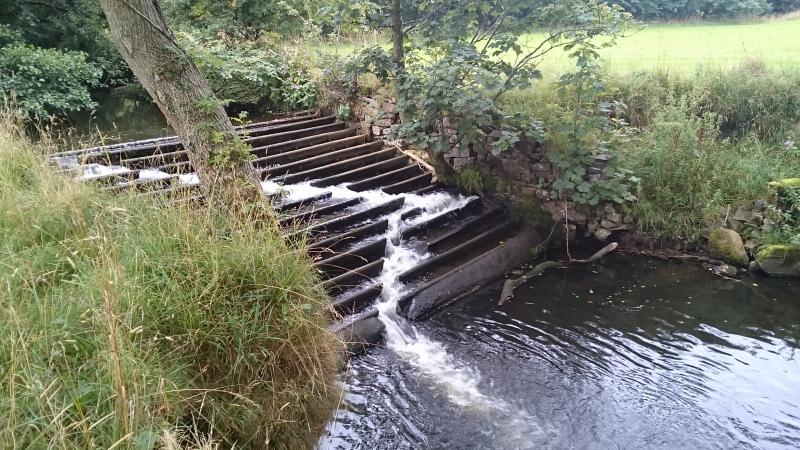Man-made barriers, obstacles, call them what you will, are commonplace along our waterways as we have (typically) in the past tried to harness or control the flow of water for our own use. Some of these installations were incredibly insensitive to the local and more widely spread ecology and physical processes in rivers and streams, not just the fish that might want free passage both up and downstream at all life stages, and in all seasons.
I recently spent an afternoon with Mike Forty, a PhD student registered at Durham University, and based with the Ribble Rivers Trust. His work, using telemetry to assess the efficiency with which fish can pass obstacles, has been enlightening, and some of the statistics he can rattle off are mind-boggling. His work was featured in the presentation that Jack Spees (Director of RRT) gave at our recent WTT Gathering and captured on video here. For example, the low cost baffle system that was installed on a previously almost impassable weir on Swanside Beck (picture to right) can now be ascended in 23 seconds (according to one sea trout), and several resident brown trout have been up and down it numerous times!

